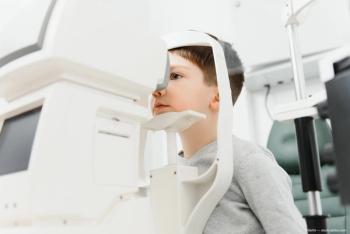
Ocular salvage and preservation of vision are essentially dependent on early diagnosis, and several studies have been conducted to identify the factors leading to delayed diagnosis at presentation.

Ocular salvage and preservation of vision are essentially dependent on early diagnosis, and several studies have been conducted to identify the factors leading to delayed diagnosis at presentation.


Tirzepatide and semaglutide show favorable ocular safety compared to traditional weight loss formulations



In a press release, the National Institute for Health and Care Excellence announced the first-ever approval for a mitochondrial disease treatment.


New findings confirm TearCare's long-term effectiveness for dry eye disease, showing significant patient improvements with minimal treatments over 2 years.

Survey reveals severe impact of Good Days underfunding on retina practices, with many patients experiencing vision loss due to delayed access to care.



An intravitreal implant shows promise in enhancing visual function and retinal structure in diabetic retinopathy patients, according to recent research.

Nicox and Kowa entered into an agreemen in February 2024, in which Kowa was granted exclusive Japanese rights to develop and commercialize NCX 470.


Dr. Nimesh A. Patel reveals key findings on pegcetacoplan and anti-VEGF treatments for geographic atrophy and neovascular AMD at ASRS 2025.
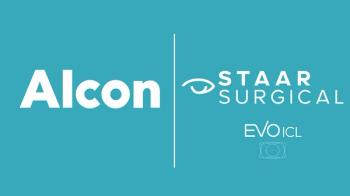
The planned acquisition of STAAR includes the EVO family of lenses (EVO ICL) for vision correction for patients with moderate to high myopia with or without astigmatism.

Ophthalmology celebrates 50 years of groundbreaking innovations, highlighting anti-VEGF therapies, OCT imaging, and future advancements in eye care.

The Portal study is a long-term extension of the phase 3 Archway study

TearCare is associated with greater health utility over time but also resulted in significant cost savings compared with CsA

4D-150 is an investigational agent designed to provide multi-year sustained delivery of anti-VEGF (aflibercept and anti-VEGF-C) from the retina with a single, safe, intravitreal injection.

The solution was approved by the US Food and Drug Administration in late May 2025.

RTP-008 features sustained immunosuppressant delivery for long-term therapeutic effects.

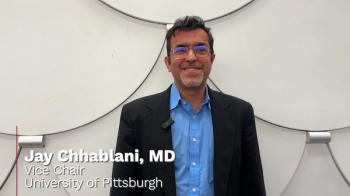
Jay Chhablani, MD, presented the phase 1/2 clinical trial data for OCU410, at the 2025 annual meeting of the American Society of Retina Specialists.

Steven D. Ness, MD, discusses his research on vitamin D's role in reducing complications after retinal surgery at ASRS 2025.
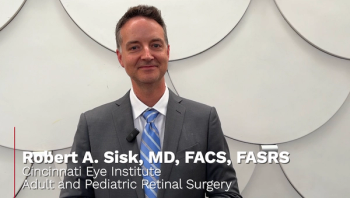

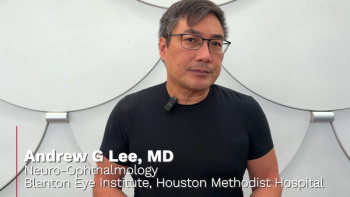
At ASRS 2025, Andrew G Lee, MD, gave key insight into the world of a neuro-ophthalmologist and why and when a retina specialist should consult a neuro-ophthalmologist

Optomed Lumo launches a versatile handheld fundus camera, enhancing retinal imaging accessibility in diverse healthcare settings across the US.